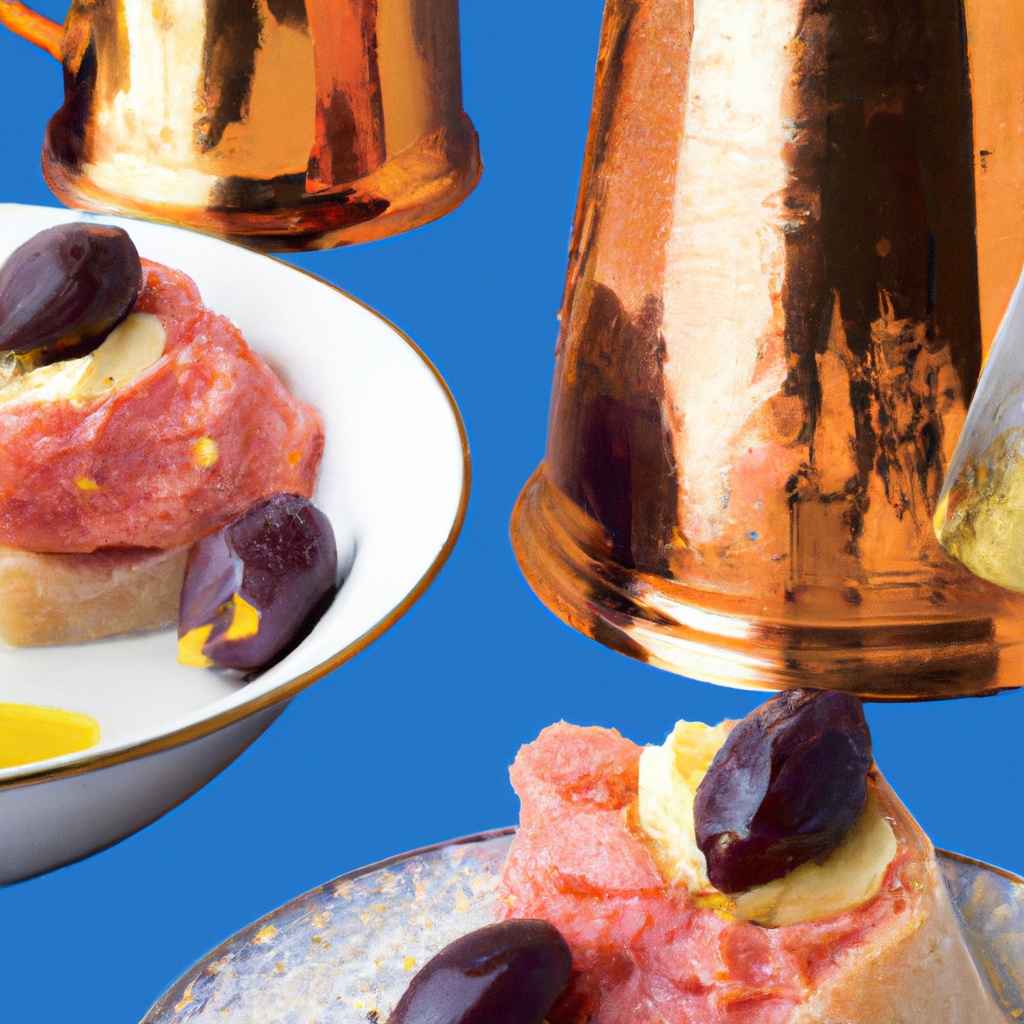
In an enchanting blend of the avant-garde and the contemporary, the 1929 surrealist short film Un Chien Andalou, by Salvador Dalí and Luis Buñuel, has taken on an unexpected new role in the modern television scene, appearing in an episode of the critically acclaimed show The Bear. This intriguing intersection heralds a poignant moment of cultural synthesis, merging the radical expressions of early 20th-century art with the gritty realism of today’s culinary drama.
Renowned for its haunting and enigmatic sequences, Un Chien Andalou remains a seminal work in the Surrealist movement, challenging bourgeois conventions and seeking to disrupt the comfortable expectations of the art-viewing public. The film’s most iconic sequence, the slicing of an eye with a razor, yet viscerally impactful, invites the viewer to confront their own subconscious and the lurking shadows of desire and fear.
The inclusion of such a pivotal piece of surrealist cinema in The Bear, a show fundamentally rooted in the high-pressure environments of culinary ventures, signals a profound commentary on the chaotic and often surreal experience of life and artistry in the modern world. It nods subtly to the idea that the creative process—be it in art or cuisine—is fraught with madness, driven by an inherent urge to innovate and transcend conventional boundaries.
The Bear, with its raw portrayal of the underbelly of the culinary industry intertwined with human vulnerabilities, finds a surprising but resonant complement in the surreal, dream-like sequences of Un Chien Andalou. The blending of these visual and thematic elements reflects a sophisticated layering of narrative techniques, where the past and present dialogue in a visual feast that challenges and enchants.
This unexpected cameo of Dalí and Buñuel’s work in contemporary television not only introduces the provocation and innovation of 1920s Paris to a new audience but also revitalizes the conversation around surrealist art within modern contexts. As the boundary between different forms and times dissolves, viewers are invited to reconsider what art can be and how it can function as a mirror to our innermost selves and the reality that encapsulates us.